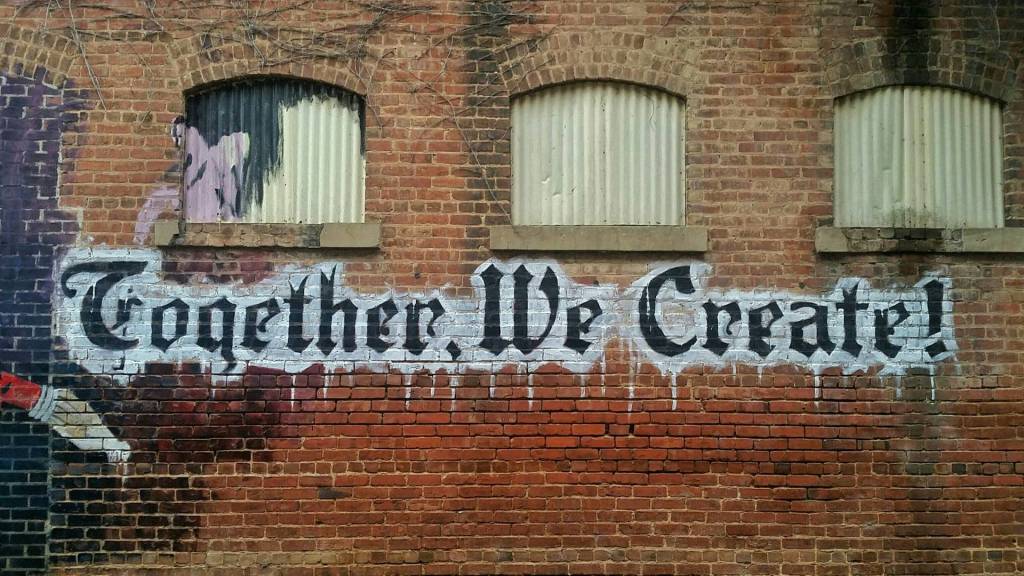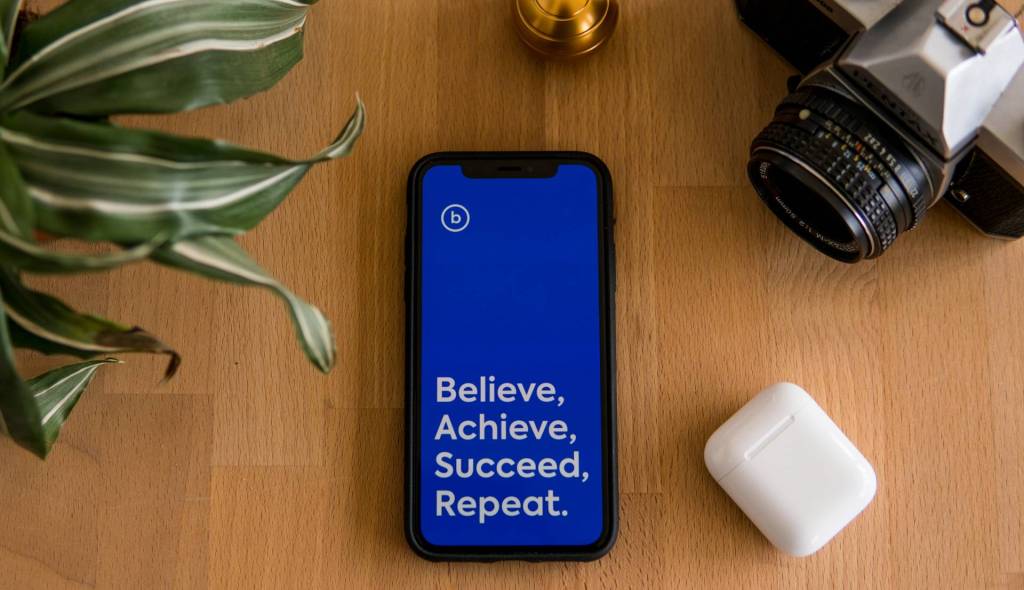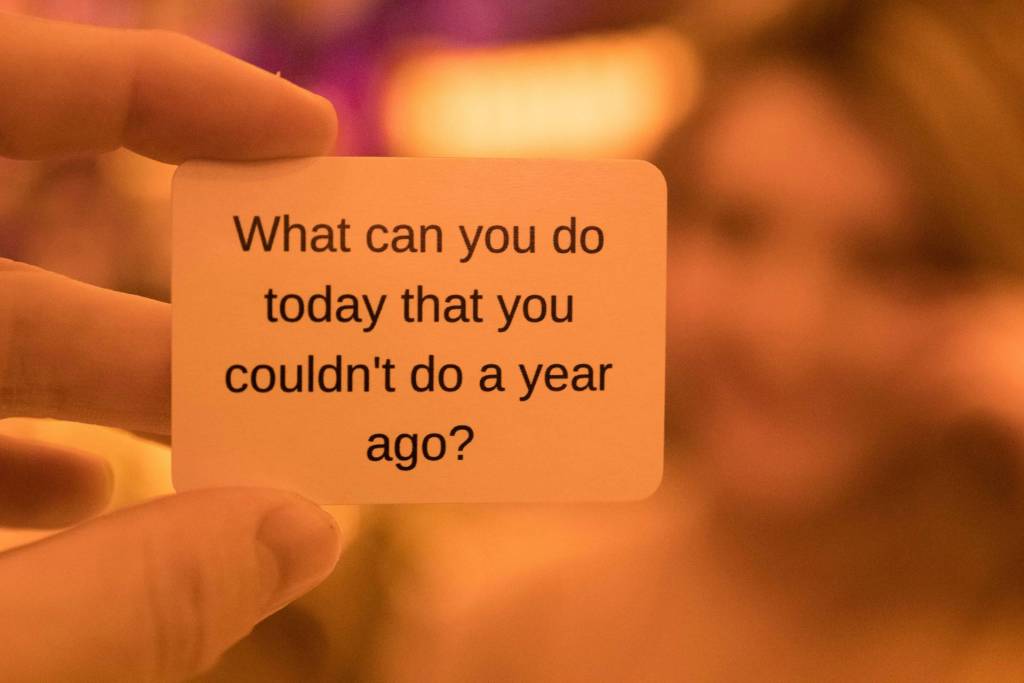Workplace communications has changed dramatically in my lifetime.
When I started working as a programmer in Chicago in the mid 1970s, I had a phone on my desk. If I wanted to talk to my boss, I would call him and his secretary would often answer his phone. If he was not there, she would take a message on a little piece of paper and put it on his desk.
In the early 1980s, I used IBM’s mainframe based e-mail system called PROFS. My phone was tied to a message center and, if I did not answer in 4 rings, the center would answer and take a message. A little light would flash on our phone to tell me to call the message center to get the message.
In the mid 1980s, I got an answering machine with those little cassette tapes. That was later replace by voice mail.
In the early 1990s, I had my first Internet based e-mail address. I received my first laptop and a modem to use to dial up to download e-mail.
In the mid 1990s, I got a pager, a cell phone, and I learned to text.
Later came smartphones—first a Crackberry…err…a Blackberry, and then an iPhone. Now, I am constantly connected.
WOW, things have changed!
Generational Differences
I am a baby boomer (born 1946-1964) and I was born in the mid 1950s. I grew up talking face to face or on the phone. If you want to communicate with me, I would much rather have you talk to me than e-mail or text me. I am typical of my generation, I want a face to face dialog, but if that is not possible, let’s talk on the phone. I want to hear your voice inflection, passion, and desire.
Gen Xers (born 1965-1982) first started entering the workforce in the late 1980’s. E-mail was the norm. If a Gen Xer needed to communicate to someone it was, typically, through e-mail. Have you or one of your colleagues sent an e-mail to the person in the next cube or office? Come on…you know you have!
Gen Y or Millennials (born 1983-2000) entered the workplace when mobile communications devices were the norm—cellular and smart phones. Google was the preferred way of finding things. Texting and instant messaging were the most common ways to communicate. This generation created social media and is highly social. However, not in a manner that most baby boomers perceive!
Workplace Communications in a Generationally Mixed Office
When you have multiple generations working side by side not everyone has the same preferred communications mode.
If I, a baby boomer, want to get the attention of a millennial who is on the other side of the building, I will likely text them. If I call them, they probably will not answer the phone AND they probably will not listen to my voicemail.
Notice I say probably because, even within a generation, there are great variations.
Similarly, if a millennial texts a baby boomer, the baby boomer may not read the text.
However, if the baby boomer is a parent to a millennial, they may have learned to text.
The point is that every individual has their preferred communications style. If you want to be heard and be understood, you need to adapt your communications to the listener.
How do I know your preferred communications style? I need to ask!
You can make certain assumptions about an individual’s preferred workplace communications style based on their generation, but you still need to ask them.
Workplace communications should be a give and take where everyone adapts to everyone. If you want to get ahead in your career, you need to be understood. To be understood, you need to understand the listener’s workplace communications style.
What is your preferred communications style? What is your boss’s and team’s preferred communications style?
Has this mixture of workplace communications styles caused friction in your workplace?
Check out my book Repurpose Your Career – A Practical Guide for Baby Boomers
Do not forget to follow me on Twitter or FaceBook












